Aug 4, 2022
Escape the Heat: Hiraizumi Beauty
When it’s sweltering in the Kanto region, you might think a great way to escape the heat is a beach. That’s what haiku poet Matsuo Bassho mentions in his introduction to Oku no Hosomichi, The Narrow Road to the Deep North - he traveled along the coast the year before his epic journey. In the spring of 1694, he set out from the Kanto region on foot to explore the wilds of Tohoku. On his way, he passed through Hiraizumi which is recognized as a UNESCO world heritage site for its temples and history.
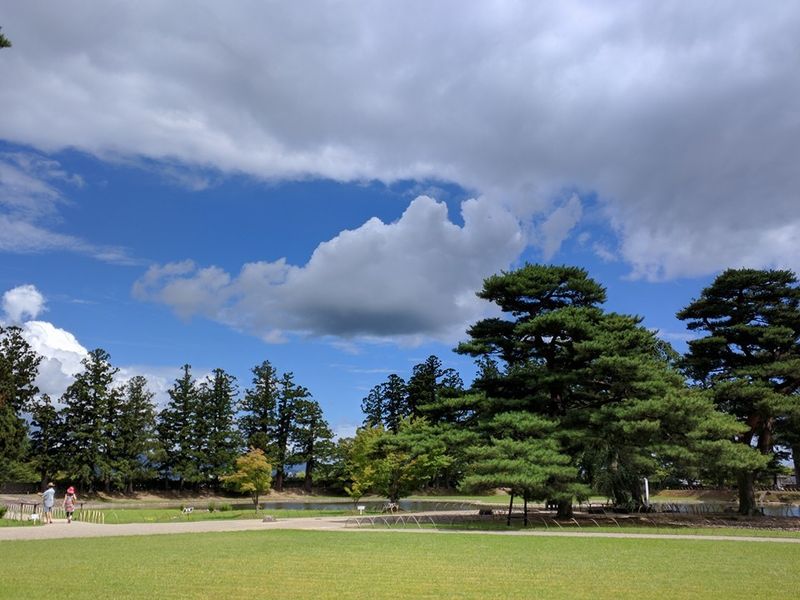
Bassho visited Hiraizumi in June. There he wrote the mournful haiku about the lost splendor of the Fujiwara lords -
夏草や 兵どもが 夢の跡
Summer grass — all that remains of warrior dreams
My visit to Hiraizumi was in August when Iwate Prefecture’s weather is at its hottest. But it’s considerably cooler than the Kanto region. In this region, August highs are average 28 celsius and lows down to 18. And it’s not nearly as humid as Kanto.
The view from the Tohoku-Hokkaido Shinkansen of rural Tohoku in an air-conditioned train car is mesmerizing with deep green forests and vibrant rice paddies. The ride takes about three hours, so you may be tempted to pick up ekiben, station bento.
But I suggest that you save your appetite. At Hiraizumi Station is Bashokan which has been serving wanko soba for a century. The delicate soba comes in lacquered bowls on a big tray and you slurp up these tiny portions with zippy tsuyu broth.
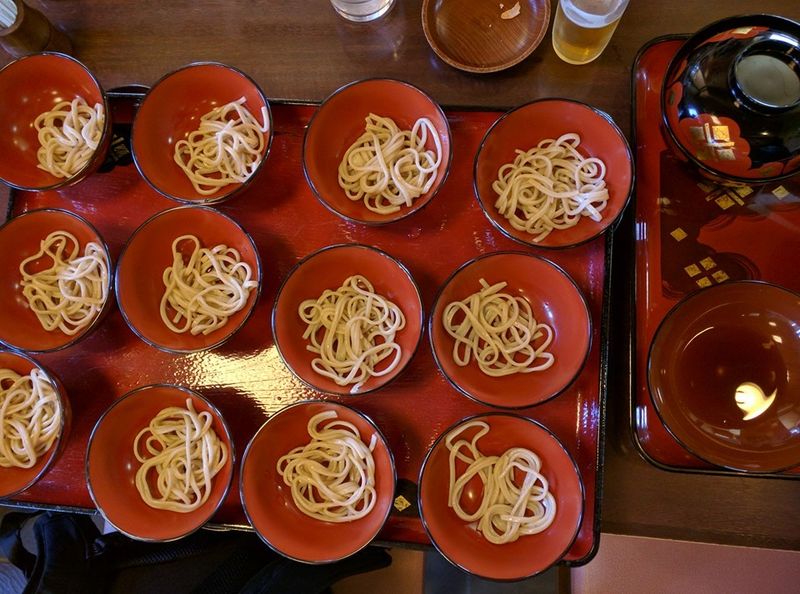
After fueling up on soba, we walked to Motsuji, the Tendai Buddhist temple. The existing temple buildings are relatively recent, dating from the Edo era. But the garden that surrounds Oizumi ga ike, the wide pond, hasn't changed in 800 years. The skies above Hiraizumi were cloudy on the first day of my visit, but the blue reflected in the quiet pond was breathtaking.
The next stop was the Chusonji Sando approach to the splendid Chusonji Temple complex. The shady avenue of trees is dotted with a dozen other Buddhist and Shinto sanctuaries. What awaits at the top of the slope is the splendor of the Fujiwara Clan that ruled the north - Konjikido.
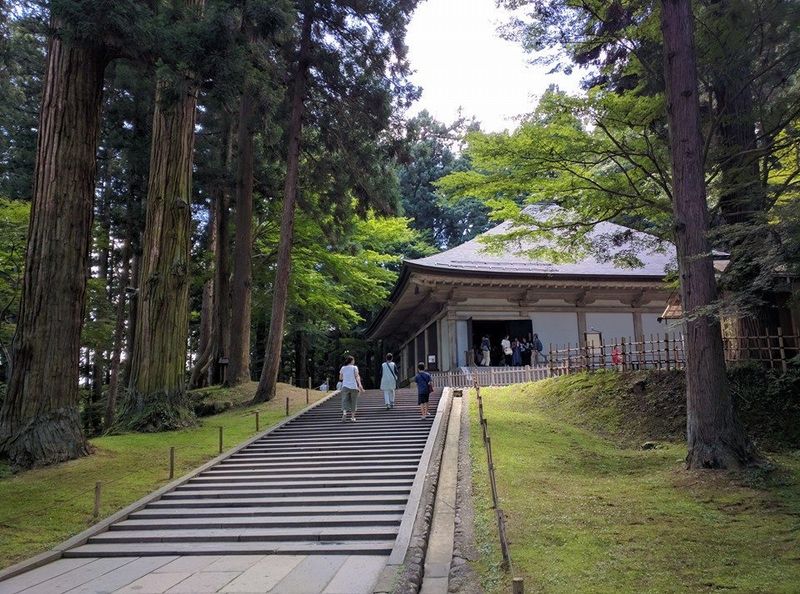
This nearly 1000-year-old mausoleum to the Fujiwara lords gleams with gold, intricate inlays, and serene Buddhist statuary. If the cool of the concrete pavilion doesn’t chill you, you might get the shivers gazing at this remarkable treasure.
In the gardens below, there’s another summer treasure - ancient lotuses. Researchers excavating the mausoleum found lotus seeds in the Fujiwara lord’s casket and they were successfully germinated in the 1990s, nearly 800 years later. They’re essentially time travelers from summers a millennia ago.
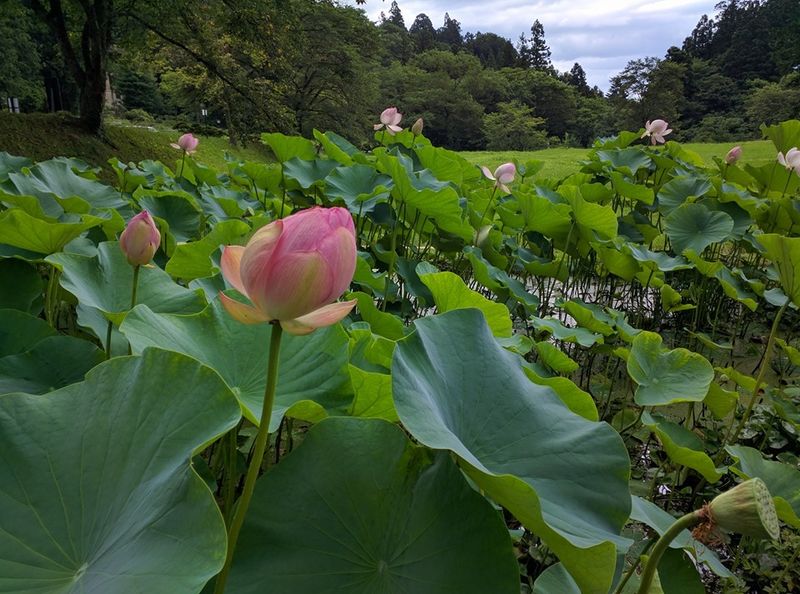
In the evening, I checked in at Musashibo, an old-fashioned hotel near the center of town. After a sumptuous kaiseki meal and a soak in the onsen, the skies had cleared. Another summertime charm of Tohoku is the view of the Milky Way.
The next day I went to Takkoku no Iwaya, the vermillion temple built into a cliff. The temple is dedicated to Bishamonten, a warrior deity. Although the hall is a reconstruction, it contains ranks of antique Bishamonten statues.
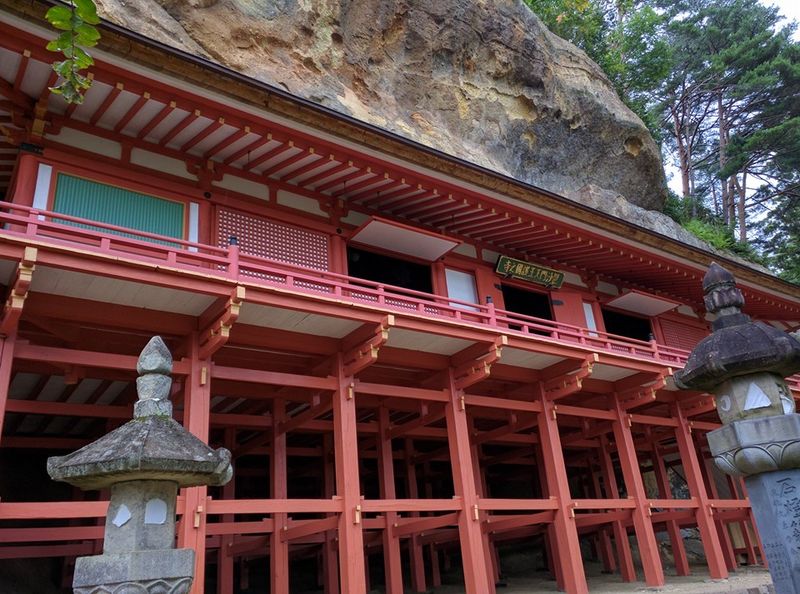
Further on is Genbikei Gorge, a scenic river white water canyon. But on my way, the weather turned. Yudachi, evening squalls, can put on a big light show in Tohoku summers.
On the way home you’ll probably change trains at Ichinoseki. I stopped here for the Sekinoichi Brewery where I had a flight of craft beers and a light meal. It was a nice way to brace myself for the long ride back to modern Tokyo.



0 Comments